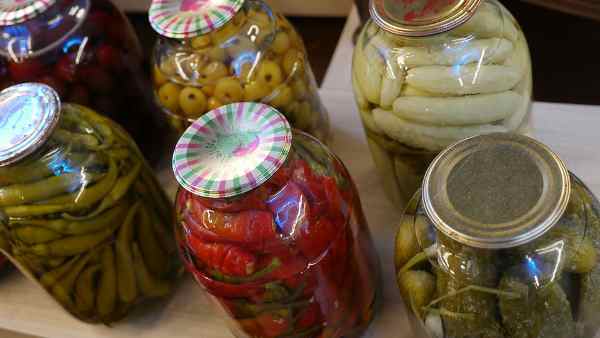How To Pickle Food

Pickling can be a huge tool to you, providing a way to preserve your food without the need for refrigeration. And luckily pickling can be used to preserve a wide variety of food, not just the traditionally done pickles. Pickling food is really easy if you have just a few basic supplies handy.
So what exactly is pickling. Pickling involves use of saltwater (brine) just like brining but also may just use vinegar without any brine. Vinegar and spices are used to enhance the preservation as well as add flavor to the food being preserved. This solution helps prevent spoilage when foods are submerged in the pickling solution.
There are two categories of pickles. One category includes pickles preserved in vinegar which is a strong acid. Few bacteria can survive in strong acids. Kosher pickles are a great example that you might be familiar with that uses this method. The second category includes pickles soaked in a salt brine which actually encourages the growth of a select group of bacteria that are "good bacteria". This is called fermentation and is covered in this article... Brining.
Prepare your containers
To successfully pickle food you will need an appropriate container. Something like your typical glass jars work great. A pickling container ideally needs a material that can be sterilized, watertight. Glass and stainless steel containers with tight fitting lids are the best choices.
A large pot is the easiest way to get your pickling containers germ free. Just fill with water, add the jars, and then after the jars have been added bring the pot to a boil. A pot lid helps speed up the process. Allow the containers to sit in the boiling water for at least 10 minutes. Metal lids should be placed in the water after the ten minutes and after the water has stopped boiling.
Pickling recipes vary greatly.
Pickling Solution 1: Combine 3 cups (.75 liters) distilled white vinegar, 3 cups water, 3 teaspoons salt and 2 tablespoons sugar. Bring to a boil and stir until the salt is dissolved. Let boil for 2 minutes. Remove from the heat.
Pickling Solution 2: 2 cups (.5 liters) apple cider vinegar, 1/2 cup (.11 liters) sugar, 2 tablespoons salt
Pickling Solution 3: 10 parts distilled white vinegar, 8 parts water, 1 part salt
Pickling Solution 4: 4 parts sugar, 1 part white vinegar, 1 part water
As you can see, There is great variability here! Spices are always part of the recipe so add whatever you want and have handy to make the end product more tasty. However the spices are not needed for the process to work.
Place food into jars and pour your pickling solution over the food making certain that the food is completely covered with solution. Caution: Do not pour really hot solutions into hot jars as the sudden temperature change will cause glass to break. Add any spices you like to the jar. Wipe off the outside of the jars if any solution spills during pouring and put on the lids.
Now you wait! Allow the food time to pick up flavor and then enjoy!
Pickling food is a process that takes time. The cells in the food over time through the process of Osmosis exchange their fluids with the pickling solution. The length of time it takes for the food to become pickled varies. This can be as little as a couple of days for eggs or a couple of weeks for other less pickle friendly foods.
How long will your pickled foods last without refrigeration? Hard to say. Some foods will last a long time, others only a few months. And variability from jar to jar occurs as well. Experience will go a long way in teaching you this. But once a jar is opened expect its shelf life to go down much quicker.
